Many people from the Western part of the world are unfamiliar with the rambutan fruit, as it is native to Malaysia. It is primarily known for its similarities with the lychee and the longan fruit, particularly its transparent-whitish flesh and the seed in the middle. This is because all three are actually close relatives.
Although they are similar, the outer cover or shell is what sets these three fruits apart. The rambutan fruit can be easily identified because of its green and red spikes that resemble hair, which is interesting because the name “Rambutan” comes from the Malay word for “hair.”
The rambutan tree usually grows up to about 80 feet in height and thrives in tropical climates, mostly in Asia where these fruits are abundant. This plant has also been cultivated in different parts of the globe, such as Australia and Central America.
Rambutan Versus Lychee: How to Distinguish These Fruits
Although rambutan and lychee come from the same family, there are distinct differences when it comes to their composition and nutritional content. Lychee has bumpy skin and the rambutan has a spiky appearance.
In terms of nutrients, lychee contains dietary fiber and an abundance of vitamins and minerals, such as phosphorus, magnesium, and vitamins D and C. It also contains oligonol, a polyphenol that helps in improving a person’s endurance and immunity.
Rambutan, on the other hand, is higher in dietary fiber compared to lychee. While rambutan does not contain oligonol, it boasts a high amount of iron, which can help lower the risk of anemia and gastrointestinal bleeding.
When discussing flavor, some say that rambutan tastes blander and denser than lychee, while others claim that rambutan tastes similar or sweeter. Nevertheless, both of these fruits exude a sweet aroma and an even sweeter taste.
While lychee and rambutan may look alike when their outer skins are removed, they have distinct differences, which make the playing ground quite equal in terms of their health benefits.
Uses of the Rambutan Fruit and Plant
Rambutan’s uses don’t necessarily focus on the fruit alone, as the tree itself is useful in different ways. Here are some examples:
- Rambutan leavescan be used for basic hair care. Mash the leaves into a paste, add water and squeeze the extract. Apply the extract to your hair and scalp. This may promote better hair health.
The leaves can be used to treat fever as well. Boil a few leaves in three glasses of water, and then strain. Drink this concoction three times a day to help your body recover. The leaves may also work for relieving headaches. Mash them and apply on your temples to help with migraines.
- Rambutan seedscan help promote skin health. Mash the seeds into a paste and apply on your skin to achieve a clearer and a more even-looking complexion. Using the paste regularly may help your skin become softer and healthier in the long run.
The seeds may also help diabetics, according to a news report published in the New Straits Times. Take the seeds, chop them into small pieces and allowed to dry for a few days. Grind the seeds into a fine powder and mix them with hot water. Drink once to thrice a day, before meals. This can help you maintain your blood sugar at healthy levels.
Health Benefits of Rambutan
The rambutan fruit is a conglomeration of vitamins and minerals, all encased in a sweet and juicy little package. Despite its small size, it actually packs a considerable amount of vitamin C (40 milligrams), which is important for helping keep your immune system healthy.
It is also a good source of copper. Even though the body needs only a limited amount of it in the system, copper works together with iron in keeping your blood vessels, immune system, bones and the production of red blood cells at peak condition.
Rambutan is also a good source of iron, which is why ingesting this fruit is especially useful for the maintenance and the production of red blood cells.
Other rambutan fruit benefits include:
- Promotes healthy digestion —The high fiber content of rambutan aids in food metabolism, preventing constipation. Rambutan is also low in calories, which helps promote weight loss and restrain sudden hunger pangs.
- Wards off pathogens —Rambutan is famous for its antiseptic properties that help the body fight off infections. The fruit also contains high amounts of antioxidants that may help kill microbes and reduce the risk of cancer.
- Kills intestinal parasites — One study indicates that rambutan seeds have antibacterial properties, which may help eliminate parasits in your stomach.However, note that the seeds must be roasted or boiled before it is fit for human consumption.
- Promotes bone formation — Rambutan’s phosphorus content is responsible for this., Phosphorus also helps in energy production and storage.
- Helps scavenge free radicals — The rambutan rind contains a high amount of gallic acid, which functions as a free radical scavenger. This compound help may help reduce the risk of cancer and further oxidative damage.
Tips in Growing Rambutan
Location and temperature are two things that should be taken into consideration if you’re planning to grow your own rambutan tree. Rambutan cultivation is not an easy task because of its sensitivity to temperature and humidity, since it’s primarily a tropical fruit.
Florida and California are among the best states where you can grow rambutan because of their warm climate, but you should still note that sudden dips in temperature may have an effect on its growth.
If you’re planning on growing rambutan from seed, get a small pot with drainage holes, soil mixed with sand and organic compost. Cover the seed lightly with soil and wait 10 to 21 days for it to germinate. Because of its fragility, the tree should be kept indoors for about two years before it is ready to be transplanted outside.
Be very careful when planting rambutan because exposure to low temperatures for long amounts of time can be fatal. Keep these requirements in check and you’ll be a happy owner of a rambutan tree.
How to Eat Rambutan Properly
Rambutan fruits are usually eaten raw, sometimes freshly picked from the tree. Simply remove the skin by lightly pinching the fruit until the peel breaks in the middle. Discard the peel and eat around the seed in the middle. You can also use a knife to separate the flesh from the seed.
Rambutan Nutrition Facts
This fruit offers a wide variety of nutrients that could help your body maintain or improve its performance. The table below shows the nutritional value of rambutan:
Rambutan Nutrition FactsServing Size: 100 grams, raw |
||
| Amt. Per Serving |
% Daily Value* |
|
| Calories | 68 | |
| Calories from Fat | 2.7 | |
| Total Fat | 0 g | 0% |
| Saturated Fat | ||
| Trans Fat | ||
| Cholesterol | 0 mg | 0% |
| Sodium | 0 mg | 0% |
| Total Carbohydrates | 16 g | 5% |
| Dietary Fiber | 2.8 g | 11% |
| Sugar | 13.2 g | |
| Protein | 0.9 g | |
| Vitamin B11% | Vitamin C | 66% |
| Calcium1% | Iron | 3% |
| Copper9% | Managnese | 10% |
| Potassium5% | Zinc | 1% |
*Percent Daily Values are based on a 2,000 calorie diet. Your daily values may be higher or lower depending on your calorie needs.
Don’t Be Afraid to Try Rambutan
Although not everyone may be familiar with rambutan, it is loved by many for its sweet flavor. While it may seem like a good alternative to processed sugary treats, remember that excessive consumption of rambutan may also have adverse effects on your health. Rambutan contains fructose, which can promote insulin resistance and cause a wide array of negative effects. Make sure to eat rambutan in moderation, so you will receive the benefits it offers without risking your health.

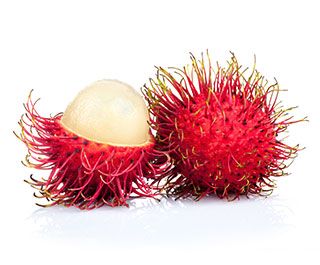
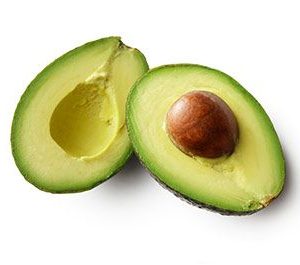
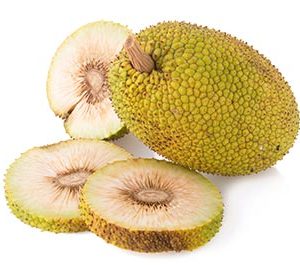
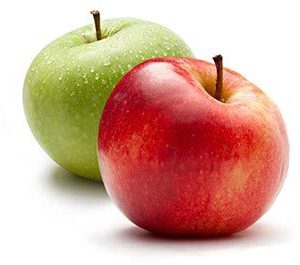
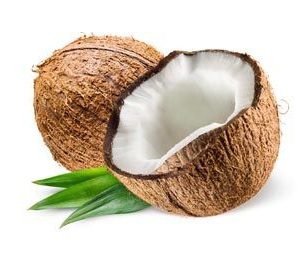
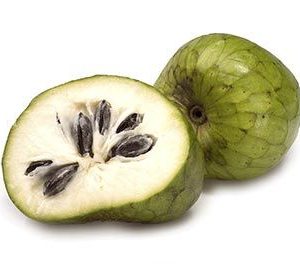
Reviews
There are no reviews yet.